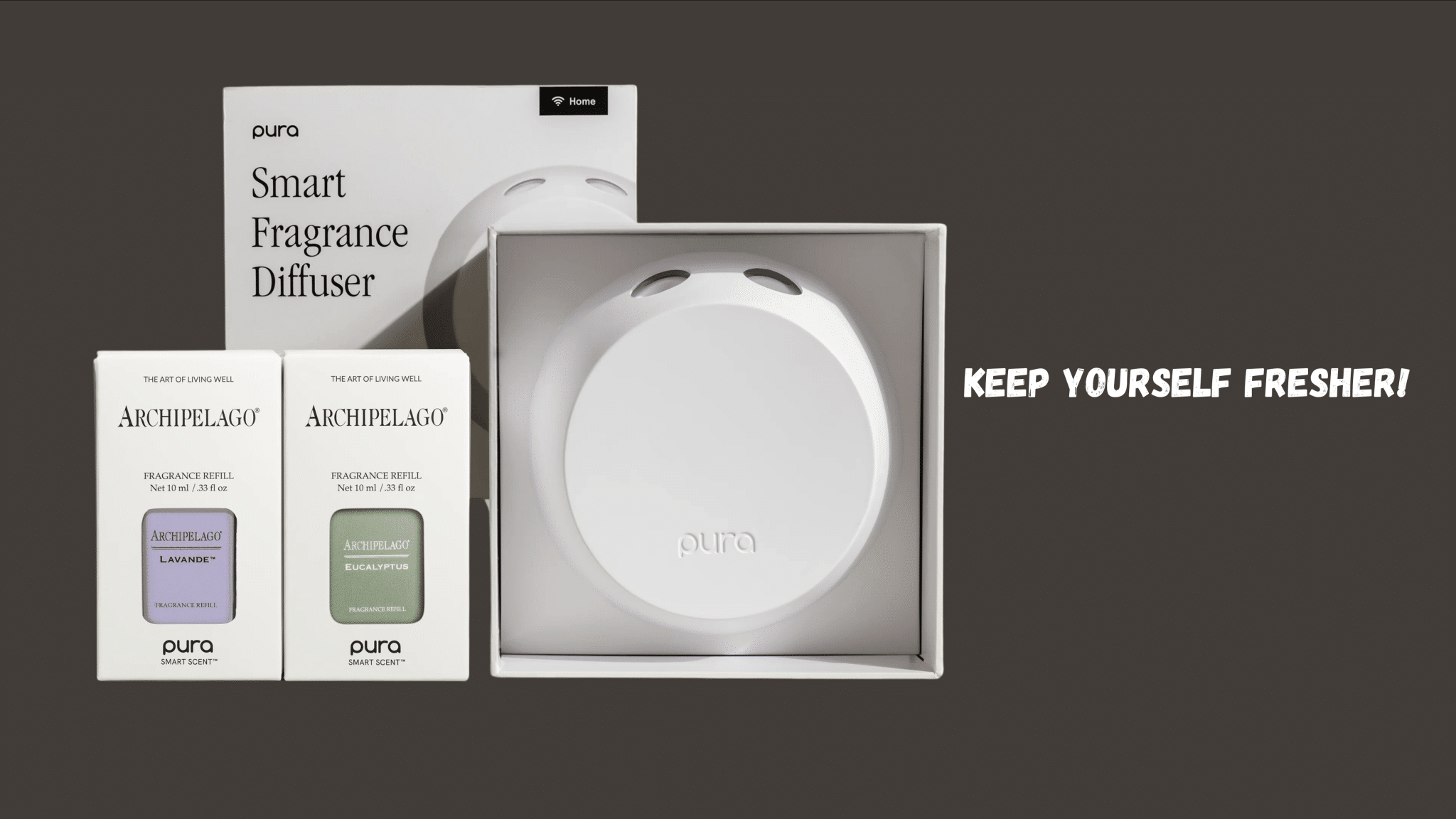6 Key Factors to Consider When Investing in a Reverse Osmosis System
Reverse osmosis or RO systems have several applications in marine environments, offering solutions for freshwater production and seawater desalination.
In vessels, a reverse osmosis system provides potable water by removing salts, minerals and contaminants from seawater. This ensures the crew has access to a sustainable and safe water supply during long voyages.
For coastal communities and offshore platforms, this technology facilitates the conversion of seawater into usable freshwater, addressing water scarcity challenges. It also maintains good water quality in aquariums and aquaculture facilities, helping sustain and protect marine life by eliminating impurities and balancing mineral levels.
Whether used for maritime transport, in coastal infrastructure or aquatic ecosystems, reverse osmosis systems are indispensable tools, safeguarding water resources and supporting sustainable practices in marine environments worldwide.
Guide to Buying a Reverse Osmosis System
If you’re investing in an RO system for the first time, ensure you buy the right one by considering these essential factors:
Water Quality
Conducting water quality tests before buying an RO system can help you choose one that suits your needs.
The results of the microbiological, mineral, chemical and physical tests let you know the specific contaminants in your water, including chlorine, lead, bacteria, and other impurities. It can also give you details about its water hardness, saline content and total dissolved solids or TDS level.
Using the results, you can choose the appropriate system as well as the additional filters you need to address all water quality issues that make it unusable and unsafe.
Capacity and System Size
RO systems come in various capacities and outputs, ranging from compact units suitable only for a few people to high-capacity models ideal for industrial or commercial applications.
Determine the number of people using water and the demands of your business operations or industrial facility. By keeping these factors in mind, you can select a system with the right capacity that ensures you always have an adequate supply of purified water without straining the unit or compromising its performance.
Additionally, consider the area where you plan to install the RO system. A large unit may not fit under a sink; it needs to be installed in a room or outdoors. Make sure the product can be placed conveniently in the installation area without causing any obstructions or difficulty.
You would also do well to ensure the RO system is installed in an area where it has access to electricity, the water source and drainage pipes.
Filter Longevity, Maintenance and Replacement
The filters of reverse osmosis systems need to be replaced regularly to ensure they work efficiently. The frequency of changing them depends on their lifespan.
RO systems with long-lasting filters allow you to save money on frequent replacements while ensuring you have consistent water quality over time. Even if you don’t change them frequently, you can still be sure the water is safe to use.
Systems with quick-change filters ensure you have a faster time replacing them. They are also less messy and easier to clean and maintain.
By keeping these features in mind, you can ensure your OS system works efficiently without time-consuming cleaning and maintenance requirements.
Certifications
The most reliable reverse osmosis systems are regularly tested and evaluated by reputable organisations, such as the National Sanitation Foundation (NSF) and Water Quality Association (WQA).
RO units with certificates awarded by these organisations meet strict industry standards for water quality and safety. They undergo rigorous testing to validate their effectiveness in removing contaminants and producing clean, potable water.
When buying your first RO system, ask the supplier about independent water testing results they have as well. These additional third-party evaluations can give you more details about their technology’s effectiveness in purifying water.
Installation and After-Sales Services
Large RO systems typically require professional installation, which means you need the supplier’s assistance. Find out if they offer this service for free or if it comes at an additional cost.
Also, check the unit warranty. Ensure you know the repairs, after-sales services, and part replacements it covers to know which ones are free and which ones you may have to include in your maintenance budget.
Make sure the manufacturer and supplier have reliable customer support services in case you encounter any problems or have questions regarding the system.
Customer Reviews
If you’re still having difficulty choosing the RO system that meets your needs, read online customer reviews and ratings for your shortlisted products. Take note of comments regarding the performance, reliability, and efficiency of each unit.
Look for reviews proving the RO system can remove the contaminants in your water supply. Also, pay attention to customers’ comments about the pre-sale, installation and after-sales support to ensure you get the assistance and services you need throughout the buying process and after it.
If you want first-hand feedback or more details regarding a customer’s experience with the RO unit and supplier, find out from the sales staff if you can get their email address, so you can contact them directly.
With these tips, you can invest in an exceptional reverse osmosis system that can provide you access to safe, clean water.







